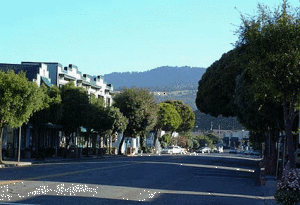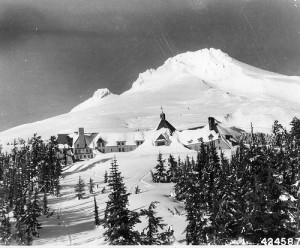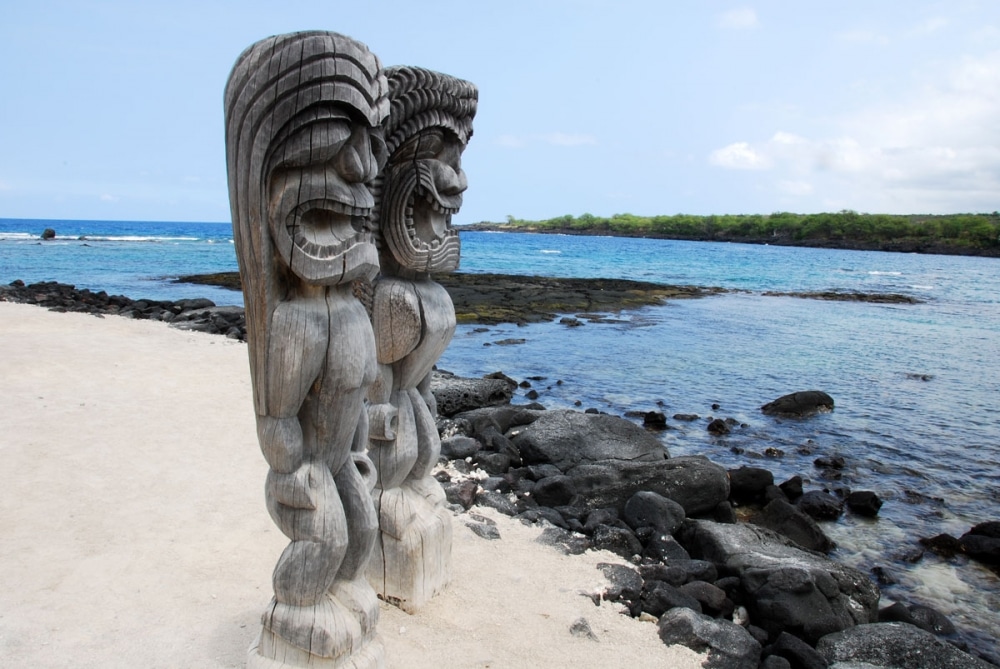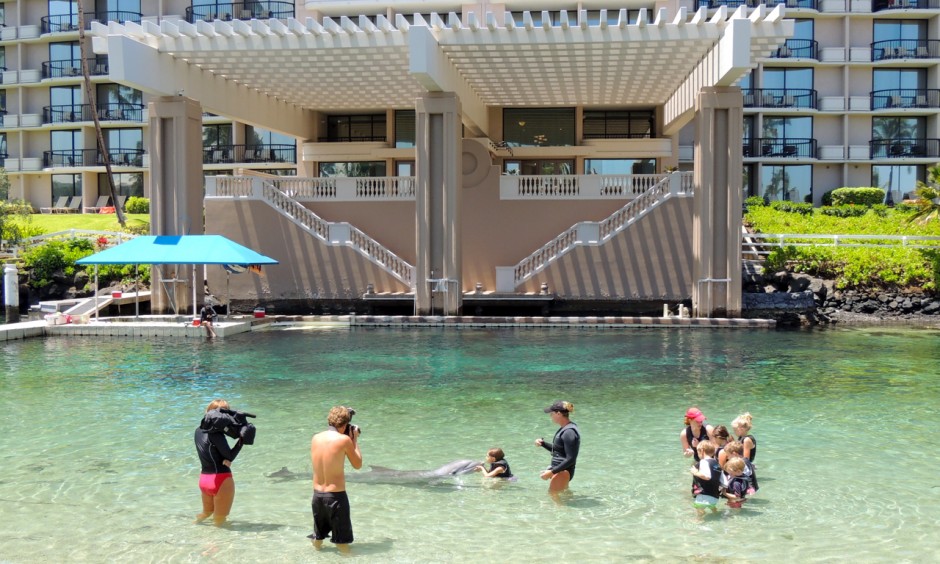 When we are on the road, Karen usually drives. I plot out the directions before we leave and write them down on the notepad most motels provide next to the telephone. Even though the route might be straightforward, I get nervous that we will miss a turn, and within a short time I reach in my pocket and get out the pad to check the directions. Then I grab our worn atlas to look at the map. I love to look at road maps. There on the page is the state we are in or going to, and I feel a sense of mystery. What will the town to which we are going look like? What about the landscape? The map might show mountains or desert, but mountains and deserts come in all shapes and sizes. Southern Utah is desert, and so is southern Arizona, but they are not at all alike.
When we are on the road, Karen usually drives. I plot out the directions before we leave and write them down on the notepad most motels provide next to the telephone. Even though the route might be straightforward, I get nervous that we will miss a turn, and within a short time I reach in my pocket and get out the pad to check the directions. Then I grab our worn atlas to look at the map. I love to look at road maps. There on the page is the state we are in or going to, and I feel a sense of mystery. What will the town to which we are going look like? What about the landscape? The map might show mountains or desert, but mountains and deserts come in all shapes and sizes. Southern Utah is desert, and so is southern Arizona, but they are not at all alike.
There are towns and places that I have always wanted to see. It might be the name, or a town’s remote place on the map, or something I remember from childhood. Winnemucca, Gila Bend, Deadwood, Fruita, Needles, Yuma, Barstow, Devil’s Tower, the oxbow in the Snake River, the Badlands, the Great Basin, the bristlecone pines, wild flowers in Death Valley. What will they be like? I imagine exotic locales, strange people, mystery. My heart beats faster as we get closer.
Sometimes my expectations are exceeded. When we hiked to the oxbow, the view was dazzling and we saw moose crossing the river. On the hike out, we stopped at the Jackson Lake Lodge, where we stood on the terrace and looked at the Tetons, one of the most strikingly perfect mountain ranges in the country. We visited Death Valley this past March. The temperature was in the seventies; there was still snow on Telescope Peak; and just off the highway, there were millions of wild flowers, as far as the eye could see. A week later, we hiked through snow and on rocky fields 10,000 feet up in the White Mountains, determined to see the bristlecones. We didn’t make it to the oldest groves, but the ancient ones we did see were so starkly beautiful that we forgot the cold and stared in wonder.
Towns, too, can surprise. Half Moon Bay in California has kept its downtown intact, and the streets, lined with attractive stores, homes, and restaurants make for a pleasant stroll. Its historic buildings give us a glimpse of small-town America when the town center was integral to people’s daily lives.  In Portland, Oregon, a section of the city called the Pearl District has been transformed from an area of rundown warehouses into scores of eye-pleasing condominium buildings, tree-lined streets, and smart shops. It’s a vibrant city scape, a place in which you can live and work without a car. Estes Park, Colorado, which is the gateway to Rocky Mountain National Park, has managed to maintain its charm despite an influx of more than a million tourists every summer. Flowers abound, on street lamps and window boxes, and somehow the fudge shops and trinket stores don’t remind you of Wildwood, New Jersey.
In Portland, Oregon, a section of the city called the Pearl District has been transformed from an area of rundown warehouses into scores of eye-pleasing condominium buildings, tree-lined streets, and smart shops. It’s a vibrant city scape, a place in which you can live and work without a car. Estes Park, Colorado, which is the gateway to Rocky Mountain National Park, has managed to maintain its charm despite an influx of more than a million tourists every summer. Flowers abound, on street lamps and window boxes, and somehow the fudge shops and trinket stores don’t remind you of Wildwood, New Jersey.
But if both the natural and the built environments can delight us, they can disappoint us as well. Especially on this last, and our longest, road trip, we have been struck by the damage that has been done to our land and to our living spaces. In the space of the ten years we have been traversing the country, we have seen:
* growing, visible air pollution at the Grand Canyon, Canyonlands National Park, Big Bend National Park, the plains of eastern Colorado, Boulder, Colorado, Portland, Oregon, Flagstaff, Arizona, Salt Lake City, the I-95 corridor from Washington DC to Miami, and the I-10 corridor between Tucson and Phoenix. This is not to say that air quality standards did not improve in many places after the passage of legislation such as the Clean Air Act, but only to suggest that progress is no longer being made and in some cases is being reversed.
* the almost universal ugliness of suburbs and exurbs and the desolation and emptiness of downtowns. Tucson is my poster child for how a city should not grow. Tucson’s central city is dull, ugly, devoid of people, hot, and dusty. Traveling outward in any direction from the downtown is an exercise in frustration. Too many cars and strip malls, almost no public transportation, and as unwalkable a city as you will find. The main east-west road is called, without any apparent irony, Speedway Boulevard. You couldn’t speed on this traffic-clotted road if you tried. New suburban developments have sprung up, many using substandard building materials and now full of unsold and “for sale” homes, and no one seems to have thought it necessary for such places to have grocery stores and other amenities. Meanwhile, an urban development boondoggle known as “Rio Nuevo” has received hundreds of millions of dollars of public money with little to show for it except the bloated wallets of the planners and consultants. Variations on the “Tucsonian” theme can be seen in Phoenix, Las Vegas, Albuquerque, Reno, Billings, and Denver.
There are many small and mid-sized towns whose centers have been left to decay or where residences have been converted into businesses, while homes have moved to the outskirts or suburbs. Flagstaff, Fresno, Colorado Springs, Casper, Klamath Falls, Elko, Crescent City, and Brookings are good examples. All but Fresno are in fine natural settings, and it is especially sad that they have not found ways to make themselves more attractive to the eye and to pedestrians who might enjoy being in them. Other towns have some well-designed spaces but have not used these as models for their other parts. Boulder, Colorado has a pedestrian-free and tree-shaded mall area, full of flowers, kid-friendly concrete sculptures, and a wonderful pavement fountain, in which water spurts up randomly from a dozen or so openings. Nearby, the University of Colorado is full of gorgeous buildings made from local red sandstone, overlooking Boulder Creek and part of a great bike and walking path. However, as the city has grown, many of the fine old homes and pretty cottages have been converted into apartments or into jerry-rigged monstrosities in which additions have been added horizontally or vertically to maximize landlord income. In north Boulder, growth has taken the form of unattractive multi-shaped homes that are supposed to be examples of the “new urbanism” aesthetic that we first saw in the ersatz towns of Sunrise and Colors along Florida’s Gulf coast. In Santa Fe, it is exciting to wander around the old colonial square and walk along the “Acequia Madre” (Mother Ditch) admiring the adobe houses. But outside the central area of the city, you’ll find the unplanned mess of Cerillos Road and its tributary streets. You have to drive to get anywhere, and when you do, be prepared for a nightmare, especially if it rains or snows. How a town that dates back to the sixteenth century could allow such horrid sprawl is a mystery to me. If you visit an even older locale, Taos, a walk along the historic main street will confront you with a never-ending and noisy stream of heavy traffic. Florence, Oregon has greatly diminished the charm of its main streets by allowing the construction of several formless condominium buildings.
Perhaps some will say that our standards are ridiculously high. Yet, isn’t beauty in all that humans make a desirable goal? Isn’t the absence of beauty in so many built spaces a sad commentary on what the richest nation in the world has produced? Doesn’t so much ugliness depress our spirits?
* the destruction of the landscape by mining, oil and gas drilling, logging, and factory farming. The rapid economic growth of China and India has greatly increased the demand for all kinds of metals and minerals, including iron ore, nickel, uranium, silver, tungsten, tin, aluminum, copper, and coal. World demand for oil and gas is also strong, and economic uncertainty has increased the desire for gold. China can’t get enough wood. None of this bodes well for Mother Earth. I have commented on this in previous posts, which you can read by clicking on the hyperlinks (The “I” and the “We,” Mining). On this last trip, we saw striking and ongoing examples of environmental destruction: copper mining in New Mexico and Nevada, gold mining in California and Nevada; lumbering in Oregon, Washington, and Montana; factory farming in California; and gas drilling in Wyoming. All of these pollute the air, foul the water, do long-term harm to the soil, and injure the bodies of the workers. What is more, factory farming all too often poisons those who eat its products.
Air pollution and environmental degradation are usually said to be prices we pay for a high standard of living. They are also rationalized in terms of job creation. The first justification begs several questions. Whose high standard of living? Can a high standard of living involve less individual consumption? Why should a high standard of living be defined in terms of more and more goods and services? Can mining, agriculture, and lumbering be done in less destructive ways? The second rationale is suspect on its face. First, modern technology has made mining, oil and gas production, lumbering, and agriculture capital and not labor intensive. Second, the goal of the companies that control these industries is maximum profits; it has nothing to do with jobs. Stock prices and profits depend on the ability of corporations to economize on the use of labor and cut jobs whenever possible. The jobs mantra is simply a smokescreen for what really happens—the collusion between business and government to funnel cash into the pockets of the rich. In Pennsylvania (my home state), the government has been pushing hard for the extraction of natural gas from underground shale. The process has already caused considerable damage to the air, to streams, and to local water supplies. But these and other potentially harmful environmental effects of the drilling and extraction are being swept under the rug because so much money is at stake. The governor cries “jobs, jobs, jobs,” while the state’s homeland security department hires a private company to spy on actual and potential protesters. So, in addition to jobs, the shale enterprise is justified in terms of national security. We know that there are more effective ways to create jobs, such as direct public employment. We also know that public enterprise could give more consideration to the environment because it wouldn’t have to meet the demands of stockholders.
Suburban and exurban sprawl, the demise of city and town centers, and the absence of aesthetic considerations in construction are, we are led to believe, either the inevitable consequences of growth or reflective of the wishes of the public. This is false if for no other reason than that the public has never been consulted. Things have run so amuck in our built environment because private property is in command of what takes place. Private money pays the freight for political campaigns, and politicians are only too happy to do its bidding. You want to build a strip mall? No problem. You want us to turn a blind eye to your shoddy construction practices? Don’t worry. A new development with no public planning? Of course. The Walmart will wipe out downtown businesses? Who cares? Put up an eyesore high-rise building? Go for it. Money pays the piper, and money calls the tune.
At Mt. Hood in Oregon there is a beautiful lodge, The Timberline.  It was built during the Great Depression, under the auspices of the Works Progress Administration. Not only was it publicly funded, built, and operated, but the workers were trained to perform skilled crafts that they had never done. Form and function are magnificently combined. What a model this could have been for planners and builders. Train men and women to build structures, roads, parks, trails, lodges, and not only do we get aesthetically pleasing things, but we also gain a skilled workforce. Unfortunately the “production for use” philosophy that gained some currency during the 1930s was dropped after the Second World War and “production for profit” once again asserted its dominance. Instead of the housing equivalents of Timberline Lodge, we got Levittowns. Some had hoped that in response to the current economic crisis, we would hearken back to the Great Depression and resurrect in modern form its best practices. We haven’t, and that’s a pity.
It was built during the Great Depression, under the auspices of the Works Progress Administration. Not only was it publicly funded, built, and operated, but the workers were trained to perform skilled crafts that they had never done. Form and function are magnificently combined. What a model this could have been for planners and builders. Train men and women to build structures, roads, parks, trails, lodges, and not only do we get aesthetically pleasing things, but we also gain a skilled workforce. Unfortunately the “production for use” philosophy that gained some currency during the 1930s was dropped after the Second World War and “production for profit” once again asserted its dominance. Instead of the housing equivalents of Timberline Lodge, we got Levittowns. Some had hoped that in response to the current economic crisis, we would hearken back to the Great Depression and resurrect in modern form its best practices. We haven’t, and that’s a pity.







“This is false if for no other reason than that the public has never been consulted. ”
Not necessarily true. The market is the intersection point. Whoever owned the land before development chose to “sell out”. And others chose to buy into the exurbs or shop at strip malls. We vote with our wallet.
I keep reading this attempt to personify evil in the form of TPTB and to absolve the little guy from personal responsibility. It just distracts us from the more systemic dysfunction which is the root cause.
Have you ever been to Snowflake, Arizona? I enjoy your travelogues.
But Ed, when any sort of project is being considered, don’t you think the public, especially the poor, working class part of it, is more or less intentionally excluded or ignored?
Mike, we have never been to Snowflake. Should we go there?
michael yates
Michael,
Have you considered bicycle touring? It’s easier on the environment, better for
your health, and you get a completely different perspective. OK, I’ll stop
proselytizing.
Enjoying the blog, and enjoyed the book of the same name.
Steck,
Thanks for the post. We have almost no possessions. We have no home. We eat organic food. In two months in Portland, we used one-quarter tank of gas and walked everywhere. This last trip began in February in Colorado. Temp was below zero. Snow everywhere. Plus it would be tought to bike, at age 64, with serious cervical spine problems, which make it painful to look up as you would have to on a bike.
Michael